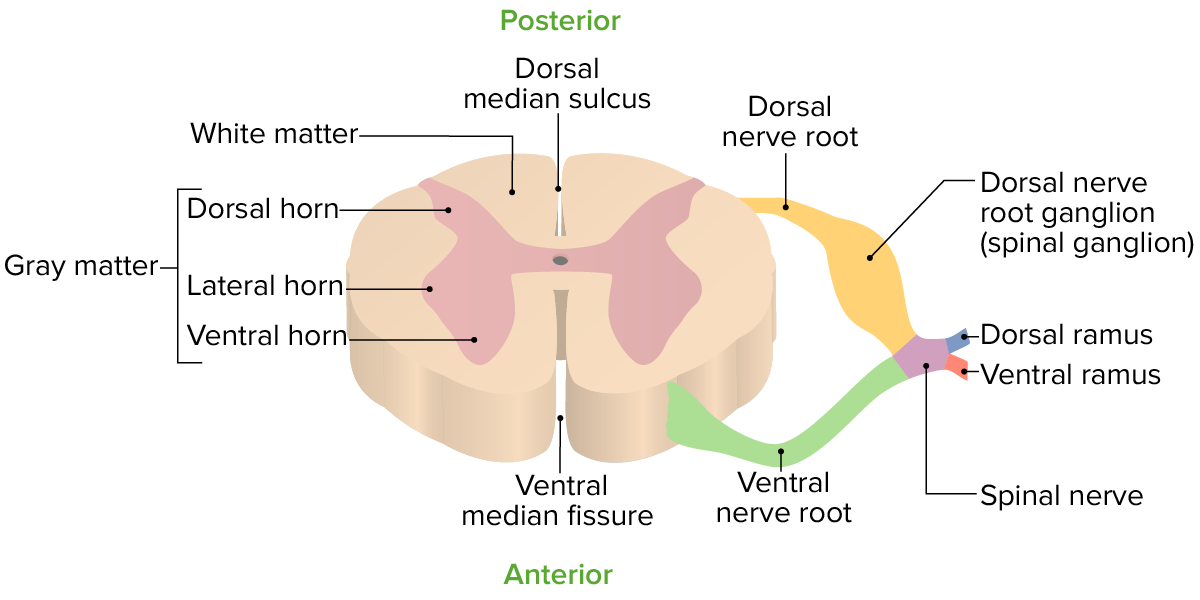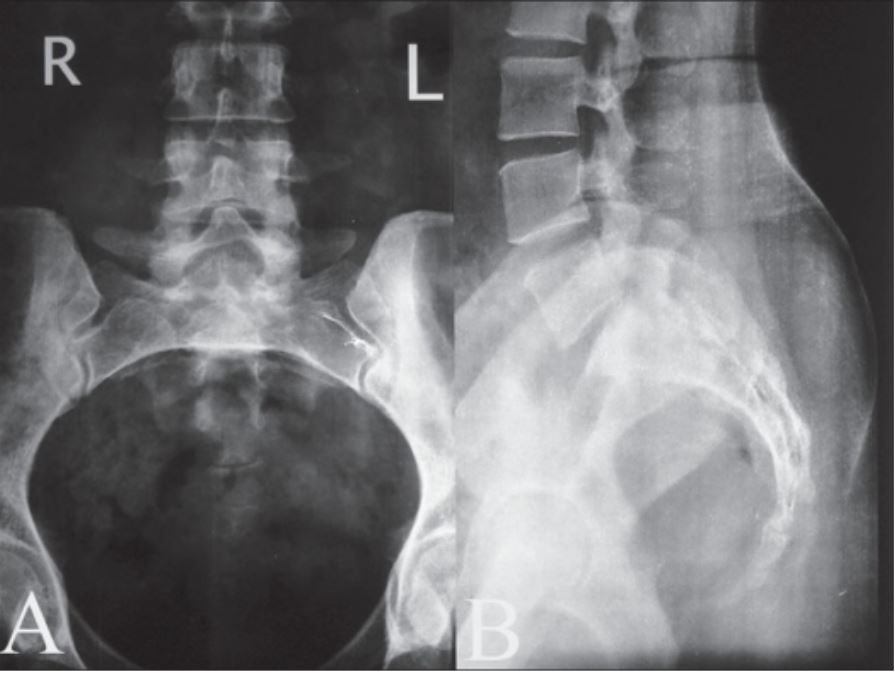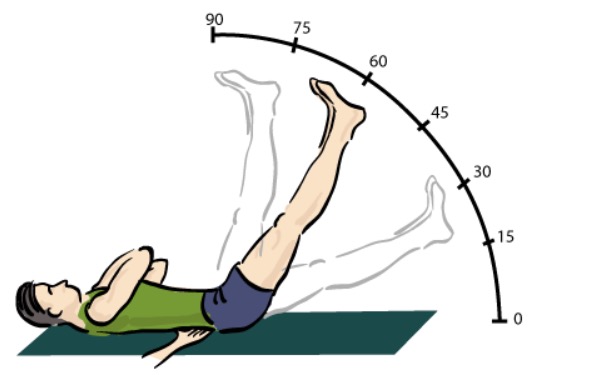Playlist
Show Playlist
Hide Playlist
Acute Back Pain: Management
-
Slides AcuteBackPain AcuteCare.pdf
-
Download Lecture Overview
00:01 What is that management? Well, certainly, it’s analgesics. 00:04 We’ve talked about those a number of times. 00:06 I start with acetaminophen for safety and then move up to non-steroidal anti-inflammatory drugs and try to keep it safe and simple with those agents. 00:16 Physical therapy is probably the best means to prevent the development of chronic low back pain, which we’ll talk about in a minute. 00:23 There is not as much evidence to support the use of massage or spinal manipulation for the majority of patients with low back pain. 00:31 It doesn't seem to add much to just traditional medical management with analgesics. 00:37 and bed rest is certainly not recommended. 00:39 You want these patients mobile and start into a regimen of rehabilitation with stretching and strengthening exercises to improve their current back pain, but also to prevent chronic low back pain as well. 00:51 So, hey, the case is coming back as many cases of back pain do. 00:56 He returns nine months later, his back pain has now become chronic and he has moderate difficulty in many activities. 01:04 He's tried to look for another type of work because it is difficult to be in physical work like construction with chronic back pain. 01:12 Luckily, his radiculopathy has resolved. 01:14 So, one thing I would note in the history here, just be very – I think it’s very important that there is an assessment not just for his level of pain, but also his function. 01:24 We are moving towards a system where it's not so much just about treating the number of pain. 01:29 Well, my pain is a 4 out of 10 and mine is an 8 out of 10. 01:32 It’s really about how does that affect you in your life because a 4 out of 10 pain can be absolutely debilitating to somebody who works in a physical job like construction. 01:40 But for someone who's more sedentary, they may be – they don't really have as many physical activities. 01:48 They may be able to tolerate a 6 out of 10 or even a 7 out of 10 pain because it’s not interfering with their lifestyle at all. 01:55 But the question here is, how common is this case? What percentage of cases of acute back pain become chronic? The answer is 20%. 02:08 Approximately, 20% of low back pain becomes chronic. 02:12 And when I see a patient with chronic back pain, the first thing I’m going to look at is, what are they doing in terms of current therapy and its efficacy. 02:19 Maybe they improved after one round of physical therapy. 02:22 It was pretty short and then they kind of forgot about it because, hey, I feel better, and that's what you do. 02:27 And maybe it's time to then go back and restart those exercises and regain that confidence in getting your back pain under control. 02:36 And then, of course, looking at medications too. 02:39 So, look at the analgesics, look at whether they’ve been doing physical therapy, but particularly home exercise. 02:45 I think one of the most important parts about physical therapy is they can teach patients how to take care of themselves at home. 02:50 So, if it's just four sessions, it's likely that there are going to be more problems down the road. 02:56 But patients who were able to continue those therapeutic exercises over time, that makes a big difference. 03:02 Look at function, as I mentioned. 03:03 That's a big factor. 03:06 And overall, if treatment isn't working and you see decreased function, that's when I consider imaging, as I mentioned earlier, and it’s time to think about doing something a little bit more aggressive and invasive. 03:20 And so, less commonly, many patients don't require this, but they have been employed for many years and often the next step in care after just simple analgesics, exercise, physical therapy fails are epidural glucocorticoid injections. 03:38 Now, they don’t work that well for non-specific low back pain, but for pain that includes disability, pain with radiculopathy, these injections can be effective. 03:50 Unfortunately, it's usually a fairly temporary relief lasting three months or less. 03:56 One thing is that these injections should always be applied with imaging. 04:01 It's been studied and those that don't use imaging are frequently misplaced, so therefore are may be ineffective and potentially even dangerous. 04:11 There is a limit as well to how many injections per year. 04:14 This isn’t a strong evidence-based guideline, but the general consensus is certainly up to six injections a year is a lot. 04:22 I generally don't want my patients to go in more than four times. 04:26 And these injections also aren’t very effective for cases of spinal stenosis as well. 04:33 So with that, this is a broader view of an important subject. 04:37 Just understand that low back pain is out there. 04:40 It's pretty common. 04:41 But the conservative therapy is going to work. 04:43 And about 80% of patients will improve. 04:46 Even with severe pain and radiculopathy (inaudible), 80% will get better within a couple of months. 04:52 So, you can be confident in that. 04:53 Many cases, one in five or so, do become chronic and that's when it's time to rethink about home exercises, analgesics and then also consider imaging and more aggressive therapy as well. 05:06 Thanks.
About the Lecture
The lecture Acute Back Pain: Management by Charles Vega, MD is from the course Acute Care. It contains the following chapters:
- Management of Back Pain
- Chronic Low Back Pain
Included Quiz Questions
Which of the following is generally NOT recommended in the treatment of acute low back pain?
- Bedrest
- Nonsteroidal anti-inflammatory drugs
- Physical therapy
- Acetaminophen
Which of the following interventions is most likely to prevent recurrences of low back pain?
- Exercise
- Acupuncture
- Massage therapy
- Tricyclic antidepressant
- Epidural glucocorticoid injections
Epidural steroid injections are most appropriate in which of the following conditions?
- Persistent radiculopathy due to a herniated disc
- Nonspecific low back pain
- Acute lumbosacral radiculopathy
- Spinal stenosis
- Epidural steroid injections are not appropriate for any type of low back pain.
Approximately what percent of patients with acute back pain will experience improvement of symptoms within 3 months?
- > 75%
- 50-75%
- 25-50%
- 5-25%
- < 5%
Customer reviews
5,0 of 5 stars
| 5 Stars |
|
5 |
| 4 Stars |
|
0 |
| 3 Stars |
|
0 |
| 2 Stars |
|
0 |
| 1 Star |
|
0 |






